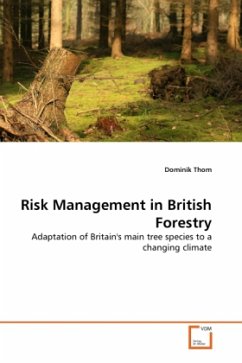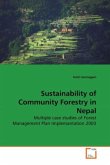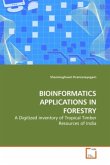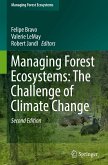In the course of climate change it is getting more and more important to develop strategies to adapt Europe's forests, so that they are prevented from heavy damages in future. For this purpose, research was intensified during the last years. In this context, it is the aim of this scientific work to ascertain the most suitable Forest Management Alternative for British forests. The main disturbances were identified and analysed, nowadays and, under a certain climate change scenario, in future. Thereby four of Britain's main tree species were regarded: Picea sitchensis, Picea abies, Pinus sylvestris and Quercus spp. A Multi-Criteria-Risk-Analysis as well as a Cost-Benefit Analysis were performed for each country of Great Britain (Wales, Scotland and England). This book contains a lot of knowledge in forest protection and connects the single disturbance agents in a new way. The findings of this book inspire to rethink the common practices in British forestry.








